Reduce operations Costs by 80% With AI-Enabled 360° inspection Cameras
Professional inspection solutions that eliminate risks, reduce time, and deliver consistent results


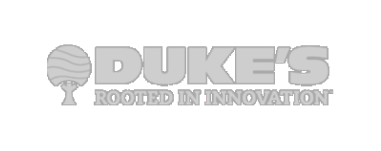
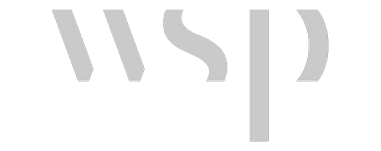
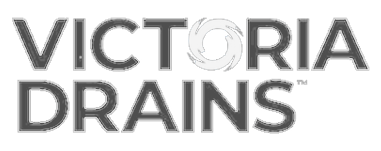
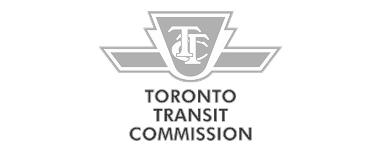
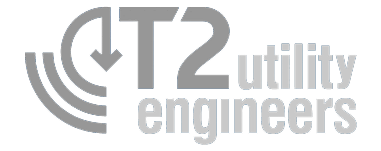
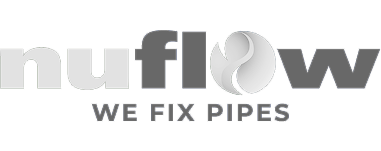
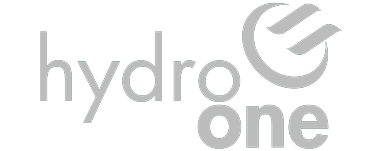
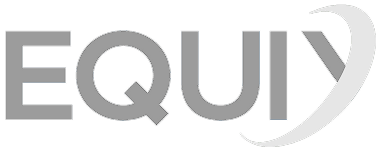









RinnoVision Partners with Pallon to Deliver AI-Powered 360° Cameras with Automated Reports
Transform your entire inspection workflow with RinnoVision's advanced 360° cameras now powered by Pallon's revolutionary AI analysis. This groundbreaking partnership delivers the industry's first end-to-end solution, combining North America's most trusted inspection cameras with Europe's leading AI algorithms.
Complete up to 80 inspections per day with RinnoVision's lightweight cameras while Pallon's AI handles all analysis tasks in the cloud. No specialized coding staff needed.
- Lightning-fast turnaround: Reports delivered in hours instead of 5-10 business days
- Infinite scalability: Process unlimited footage without additional staff
- Enhanced profitability: Get paid faster with automated workflows
- Digital reliability: AI never gets tired, maintains consistent quality 24/7
our products
Enhanced AI-Powered Inspection Functionalities To Optimize Your Workflow
Revolutionize your inspection operations with the RV-MAX 360's advanced camera technology that delivers twice the speed of traditional methods. This cutting-edge system combines professional-grade hardware with intelligent features, providing complete 360-degree coverage that eliminates blind spots and reduces inspection time by 50%.
Complete comprehensive inspections in minutes, not hours, with our lightweight 3kg system that offers 8-hour battery life for all-day productivity. RV-MAX 360 requires minimal training while delivering maximum results.
- Six AI-optimized light modes: Intelligent illumination automatically adjusts for optimal image quality on all enclosure sizes
- 360-degree 4K video capture: Complete spherical coverage with ultra-high resolution imaging in a single pass
- Embedded GPS georeferencing: Automatically tag each inspection with precise location data for seamless asset management
- Lightning-fast Wi-Fi hotspot: Instant data transfer with live streaming capabilities for real-time sharing and backup
- IP68 water & dust resistance: Military-grade protection ensures reliable operation in the harshest underground conditions
- Zero confined space entry: Eliminate dangerous operator exposure while maintaining thorough inspection coverage and safety
Powerful And Efficient 360-Degree Inspection Camera
Experience reliable inspection capabilities with the RV-PRO 360's proven camera system that delivers solid performance for standard inspection needs. This MACP-certified solution provides clear image quality and dependable operation for routine infrastructure assessments.
Built with professional engineering for field durability, the RV-PRO 360 offers 8-hour battery life and intuitive controls that get the job done efficiently.
- High resolution 360-degree 4K video imaging: Complete spherical coverage with Full HD clarity eliminates blind spots in a single capture
- Powerful 3300 lumens illumination: Ultra-bright LED lighting ensures good image quality in standard conditions
- Fast and simple inspection process: Straightforward operation via smartphone or included tablet
- Full spherical video coverage: 360-degree panoramic vision captures comprehensive documentation
- Tripod and telescopic pole system: Graduated fiberglass pole provides reliable positioning and safety
- Lightweight and durable construction: Waterproof IP67 certified design built for professional use

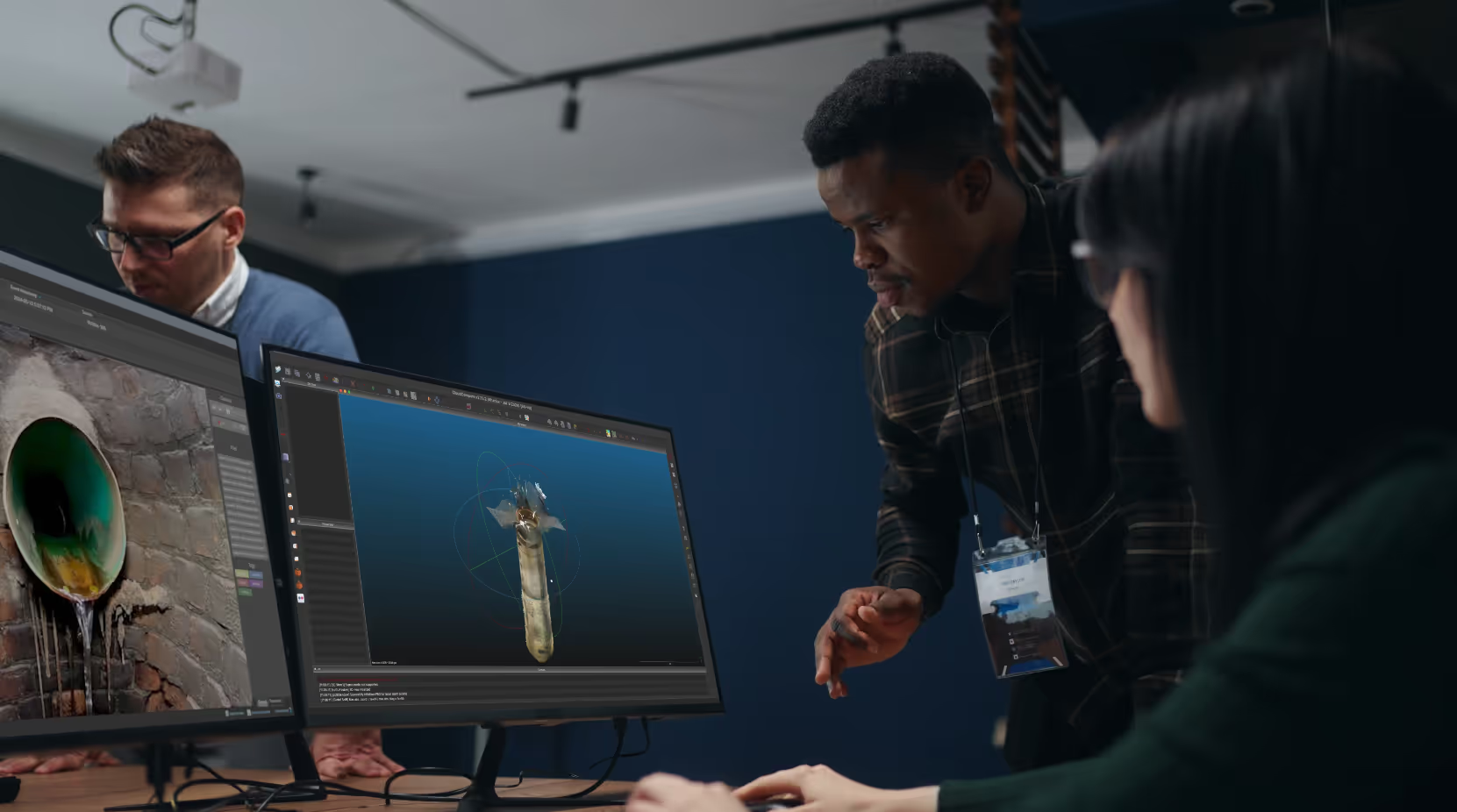
RinnoCloud 3D Models/Point Clouds
Convert your RV-MAX 360 videos into actionable point clouds with RinnoCloud’s advanced 3D modeling capabilities. Our cloud-based platform transforms inspection data into detailed, interactive 3D models that make condition assessment, reporting, and decision-making faster and more reliable.
- Generate accurate digital twins of pipes, manholes, and underground assets.
- Visualize inspections in 360° and 3D, enhancing clarity for both field crews and engineers.
- Detect, measure, and annotate defects directly in the model for precise condition assessment.
- Collaborate seamlessly online by sharing models with contractors, utilities, and stakeholders.
- Integrate with existing workflows using standardized formats and compatibility with industry software.
- Reduce costly field revisits by having a complete digital record accessible anytime, anywhere.
Get your videos professionally coded to the Level 2 MACP standard.
Industries
caption
Sewer & Water
Inspect manholes, catch basins and other sewer & aqueduct-related confined spaces fast and efficiently to ensure a proper condition assessment program and optimal resource allocation.
infrastructure
Inspect bridges, elevator shafts, storage tanks and various other types of confined spaces in a breeze while maintaining the operators’ safety.
caption
caption
Mining
Inspect mineshafts, crushers and other confined spaces without disturbing the regular operations with the most efficient confined space inspection cameras on the market.
manufacturing industrial
Inspect smokestacks, storage silos, casting molds, furnaces and more in high resolution to flag any potential maintenance issues while keeping your operators safe and sound.
caption
caption
Maritime
Inspect cargo space, double bottoms, cofferdams, boilers and more without having to do any confined space entry procedures, saving precious time and resources.
.png)
About Rinnovision
RinnoVision is a Canadian company founded by infrastructure inspection experts who experienced firsthand the limitations of outdated equipment, safety risks, and inefficient inspection processes. Instead of settling for compromises, we completely reimagined inspection technology from the ground up. The RinnoVision cameras embody this philosophy—designed by field professionals, for field professionals.
Trusted worldwide by utilities, contractors, and municipalities, RinnoVision solutions help teams conduct inspections faster, safer, and more efficiently. With cutting-edge innovations such as wireless 360° cameras and AI-powered analysis (in partnership with Pallon), the RV-MAX 360 sets a new standard in manhole and confined space inspection, delivering accurate results and streamlined operations every time.

We will answer all your questions and send you a quote
Faq
1. What is an inspection camera?
An inspection camera, also known as a borescope or endoscope, is a specialized camera tool used for non-destructive inspection of hard-to-reach areas. It typically consists of a flexible cable with a waterproof camera and LED light on one end, and a screen or LCD display on the other. This allows the user to view the area being inspected on the screen in real time.
Inspection cameras are commonly used in a variety of industrial and professional settings, such as bridge inspection, sewer inspection, and HVAC maintenance. They are often inserted into pipes and other tight spaces to diagnose problems and identify potential issues. Some inspection cameras even come with dual or wireless functionality, making them even more versatile and convenient to use.
The price of inspection cameras can vary depending on the features and quality of the product. More advanced cameras may come equipped with additional features such as video recording, interchangeable probes, and advanced lighting options. These products may have a higher price point, but they can also provide more comprehensive inspection capabilities.
In summary, an inspection camera is a valuable tool for professionals and industrial workers who need to inspect hard-to-reach areas. It consists of a waterproof camera and LED light on a flexible cable, which can be inserted into tight spaces and viewed on a screen or LCD display. These cameras come in a variety of products with different features and prices, making them versatile and useful for a wide range of applications.
2. What is a good inspection camera?
A good inspection camera is one that is durable, reliable, and provides clear and detailed images. Here are some key features to look for in a good inspection camera:
1. Waterproof design: For inspecting areas that may be wet or damp, such as pipes and sewers, a waterproof camera is essential.
2. Quality cable or pole: A quality cable or pole allows the camera to be inserted into tight or hard-to-reach areas, such as pipes and drains.
3. LED light: An LED light on the camera helps to illuminate the area being inspected, providing a clearer view.
4. Screen or LCD display: A screen or LCD display allows the user to view the images in real time, making it easier to diagnose problems and identify potential issues.
5. Interchangeable probes: Some inspection cameras come with interchangeable probes, such as a hook or magnet, which can be useful for retrieving small objects or working in tight spaces.
6. Video recording: Some inspection cameras are equipped with video recording capabilities, which can be helpful for documenting the inspection process.
7. Wireless or dual functionality: Wireless or dual functionality allows the camera to be used with a smartphone or tablet, providing additional flexibility and convenience.
8. Affordable price: A good inspection camera should be reasonably priced and provide good value for the features and quality it offers.
In summary, a good inspection camera is durable, reliable, and provides clear and detailed images. Some key features to look for include a waterproof design, quality cable or pole, LED light, screen or LCD display, interchangeable probes, video recording, wireless or dual functionality, and an affordable price. This is exactly what RinnoVision offers.
In summary, a good inspection camera is durable, reliable, and provides clear and detailed images. Some key features to look for include a waterproof design, quality cable or pole, LED light, screen or LCD display, interchangeable probes, video recording, wireless or dual functionality, and an affordable price. This is exactly what RinnoVision offers.
3. How far can an inspection camera see?
The distance that an inspection camera can see depends on several factors, including the type and quality of the camera, the size of the cable, and the lighting conditions in the area being inspected. In general, most inspection cameras are designed to provide a clear view of objects that are within a few inches to a few feet from the camera lens.
Inspection cameras are commonly used in a variety of industrial and professional settings, such as plumbing, automotive repair, and HVAC maintenance. These cameras typically consist of a flexible cable with a waterproof camera and LED light on one end, and a screen or LCD display on the other. This allows the user to view the area being inspected on the screen in real time, which can be helpful for diagnosing problems and identifying potential issues.
The length of the cable is also an important factor in determining how far an inspection camera can see. Most inspection cameras, such as pipe inspection camera, come with a cable that ranges in length from a few feet to several meters, depending on the product and its intended use. Longer cables provide a wider range of movement and greater flexibility, but they may also be more difficult to maneuver in tight spaces.
In summary, the distance that an inspection camera can see depends on the type and quality of the camera, the length of the cable, and the lighting conditions in the area being inspected. Most inspection cameras are designed to provide a clear view of objects that are within a few inches to a few feet from the camera lens, but the exact range may vary depending on the product and its intended use.
4. How is visual inspection done?
Visual inspection is the process of using various tools and equipment to examine an object or area in order to identify any defects or abnormalities. There are several different types of visual inspection methods, each of which uses different tools and equipment to provide a clear view of the object or area being inspected.
Inspection cameras & probes
One common method of visual inspection is the use of an inspection camera, such as a borescope or endoscope, which is a small, waterproof camera that is inserted into a pipe or other small space in order to provide a clear view of the inside. The camera is often connected to a screen or monitor, which displays the images captured by the camera in real time.
Another tool commonly used in visual inspection is a probe, which is a long, thin, flexible piece of equipment that is inserted into a pipe or other small space in order to provide a clear view of the inside. The probe is often equipped with LED lights, which provide illumination, and may be wireless or connected to a monitor via a USB cable.
Specialized tools
In addition to cameras and probes, visual inspection may also involve the use of other specialized tools, such as thermal imaging cameras, which use infrared technology to detect heat and identify areas of potential concern. These cameras may be handheld or mounted on a tripod, and may be connected to a monitor or other display device to provide a clear view of the images captured.
Overall, visual inspection is an important part of many industrial, commercial, and residential applications, and the availability of a wide range of tools and equipment, such as cameras, probes, and thermal imaging cameras, makes it easier for professionals to identify and address any potential issues.
5. How accurate is camera inspection?
Visual inspection refers to the process of using the human eye to identify and assess the condition of an object or environment. This method is commonly used in a variety of industrial and professional settings, such as construction, manufacturing, and maintenance. While visual inspection can be a quick and cost-effective way to gather information, it is not always accurate and should be used in combination with other inspection methods to ensure the most reliable results.
Key challenges
One of the key challenges of visual inspection is that it is subject to human error. The inspector’s level of experience, knowledge, and attention to detail can all affect the accuracy of the inspection. Additionally, factors such as lighting conditions, distance, and angle can impact the inspector’s ability to see and assess certain features or defects.
To address these challenges, many companies are turning to digital inspection tools, such as cameras and thermal imaging devices. These tools can provide a more detailed and accurate view of the area being inspected, and can capture high-resolution images or video that can be saved on a digital card for later analysis.
How inspection cameras can help
Inspection cameras, also known as borescopes or endoscopes, are a type of digital inspection tool that can be used to inspect tight or hard-to-reach areas. These cameras consist of a flexible cable with a waterproof camera and LED light on one end, and a screen or LCD display on the other. They can be inserted into pipes, sewers, and other tight spaces to diagnose problems and identify potential issues.
Digital inspection tools can provide more accurate and detailed views of an area, and they are often necessary or practical. For example, visual inspection may be sufficient for inspecting the exterior of a building, while a digital camera or thermal imaging device may be needed to inspect the interior of a drain or pipe.
In summary, visual inspection is a common method used to assess the condition of objects and environments. However, it is not always accurate and can be subject to human error. Digital inspection tools, such as cameras and thermal imaging devices, can provide a more detailed and accurate view, but they may not be necessary or practical in all situations. It is important to use a combination of inspection methods to ensure the most reliable and accurate results.
6. RinnoVision Use Cases
1. Manhole Inspection Camera
2. Bridge Inspection Camera
3. Pipe Inspection Camera
4. Pole Manhole Camera
5. Sewer Inspection Camera
6. Other Use Cases



